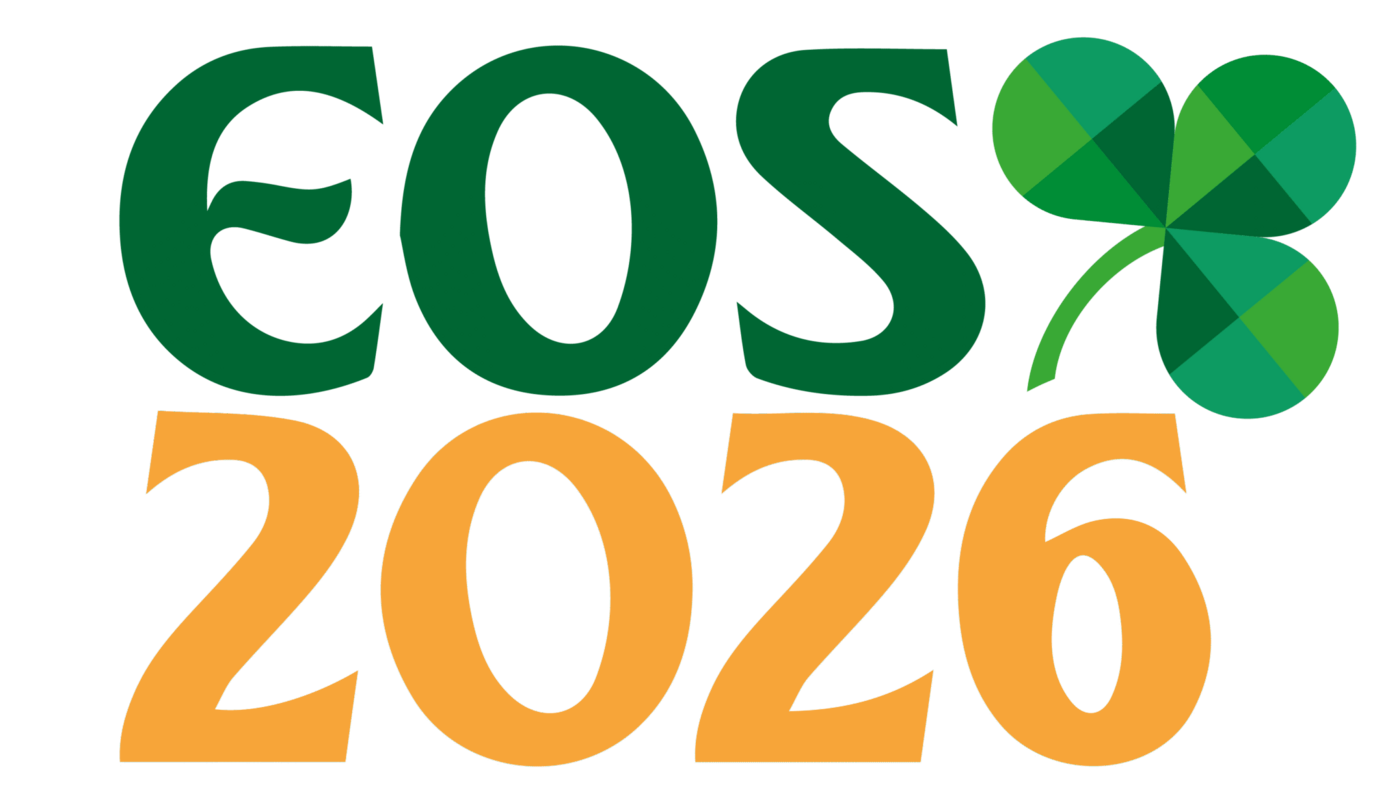20th European Orthodontic Teachers’ Forum
Artificial intelligence in Orthodontics: implications for teaching and practice.
Date: Monday, 8 June
Timetable:
10:30-12:00 Introduction & Lecture;
12:00-12:30 Lunch Break;
12:30-13:30 Group Workshop;
13:30-14:30 Presentation from Groups and Discussion.
Location: Liffey A, Convention Centre Dublin.
A ticket must be purchased during the main congress registration. Places are limited and on a first-come-first-served basis. The ticket includes lunch.
Abstract:
Artificial Intelligence (AI) is revolutionising dentistry and particularly orthodontics. There has been an explosion of interest in AI within orthodontics with an offering of an increasing array of technologies to use in clinical practice and for teaching orthodontics. AI has many potential roles in orthodontics from understanding patients’ needs and expectations to diagnostics, treatment planning and decision-making. AI has also been employed in remote monitoring of patients during their course of treatment with implications to enhance patients’ engagement and compliance, predict failures of certain clinical scenarios, and offer reliable solutions for better outcomes. The benefits of AI in orthodontics in terms of patient accessibility, workflow and overall operational efficiency in practice and teaching are considerable. However, there are many challenges to implementing AI in student learning in orthodontics: how to integrate within existing systems, acceptance and trust, privacy and security issues, quality of AI models and consideration of their biases, the limited explainability of models, regulatory and legal barriers, as well as the many ethical concerns. The future trend of dentronics (robotics and AI) and its potential use in teaching and learning within orthodontics will also be outlined for consideration.
Structure:
(1) An overview of AI and its application in orthodontics from needs assessments, treatment planning, monitoring care to measuring outcomes of treatment considering the current evidence in the literature and the many concerns surrounding AI’s use within orthodontic curricula will be presented in the lecture/ seminar. (2) Brainstorming and Group Work: Exploring technologies and techniques for incorporating AI in teaching and learning within orthodontics. (3) Groups present their results and discuss how to improve student engagement and learning outcomes of AI in orthodontic curricula.
Take-home messages:
AI technologies are increasingly employed in orthodontics and have many potential opportunities for orthodontic teaching and learning. There are many challenges and pitfalls to implementing AI within orthodontic curricula for orthodontic teachers to consider.
Suggested pre-readings:
(1) Nordblom et al. Artificial Intelligence in Orthodontics: Critical Review. J Dent Res. 2024;103(6):577-584. doi: 10.1177/00220345241235606.
(2) Hao et al. Characteristics, licensing, and ethical considerations of openly accessible oral- maxillofacial imaging datasets: a systematic review. NPJ Digit Med. 2025; 8(1):412. doi: 10.1038/s41746-025-01818-5.

